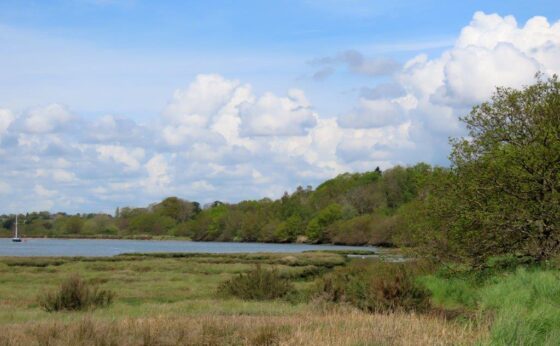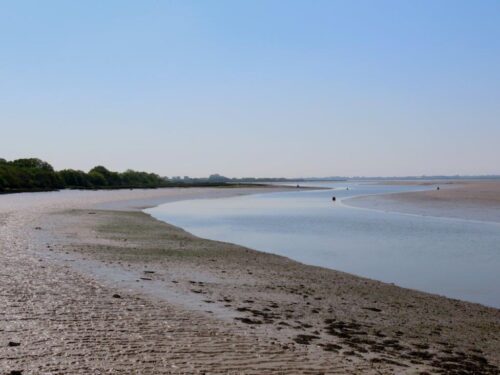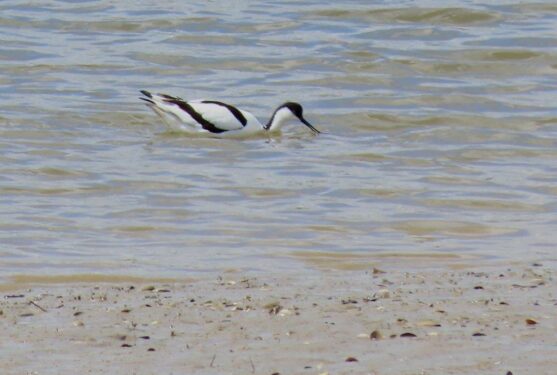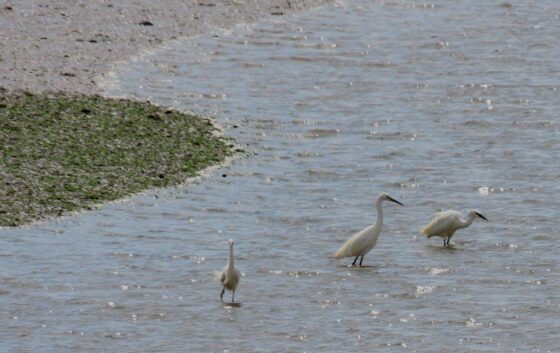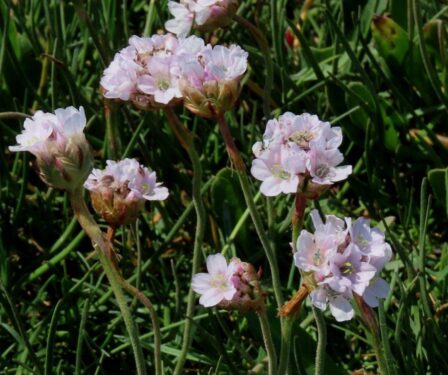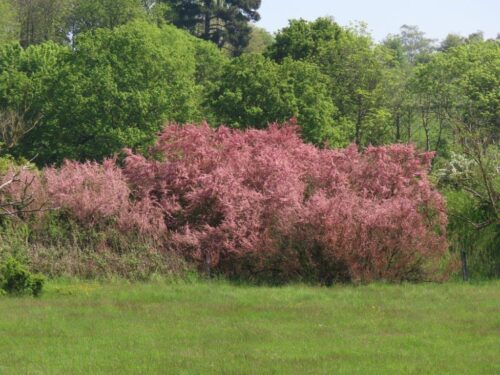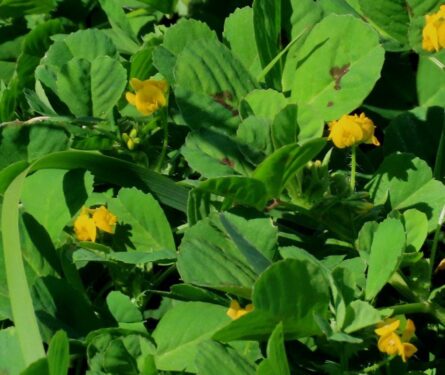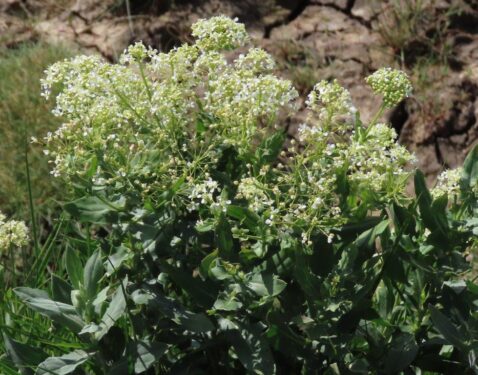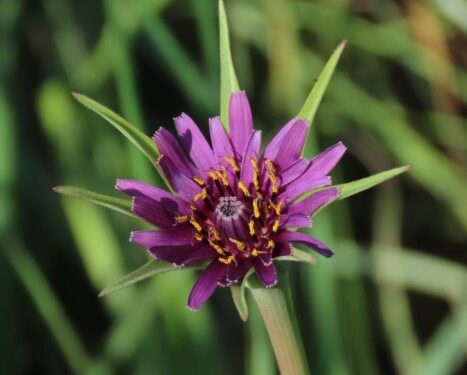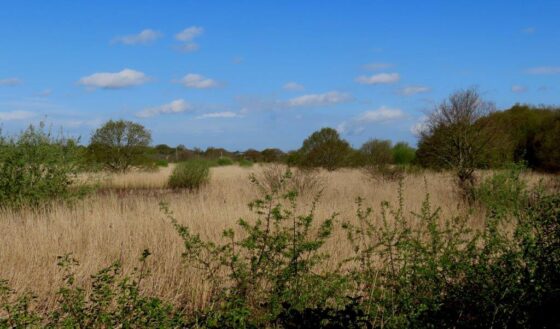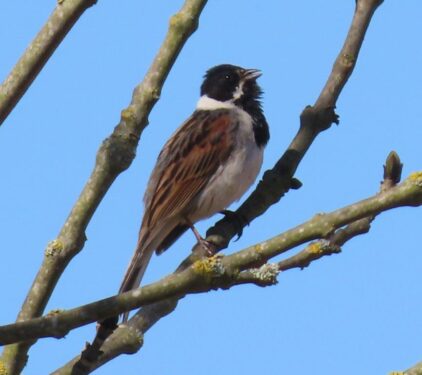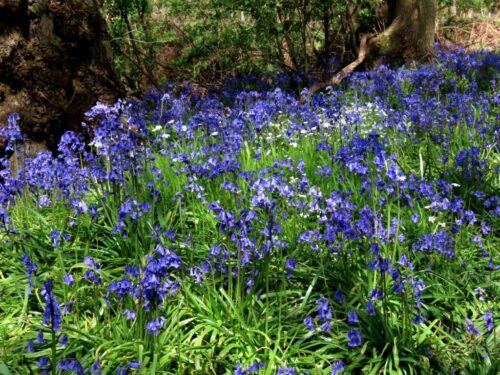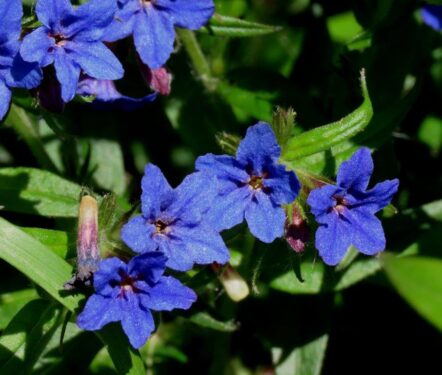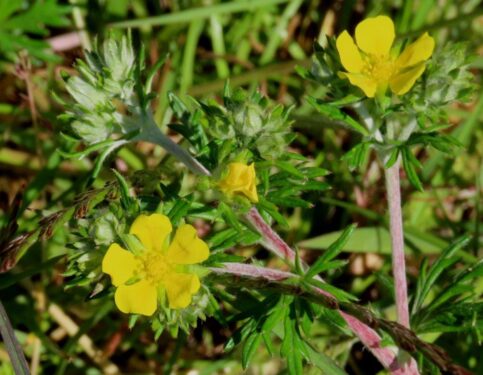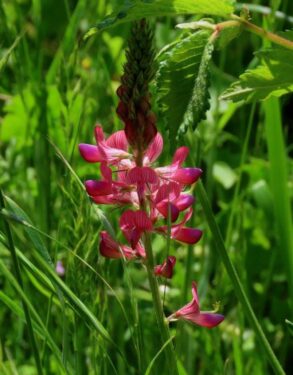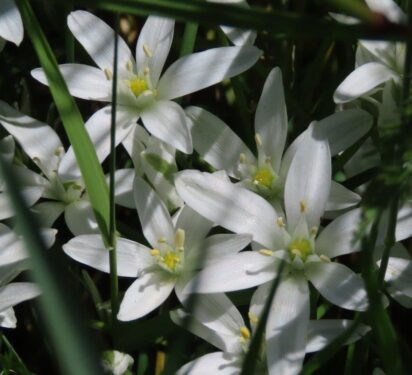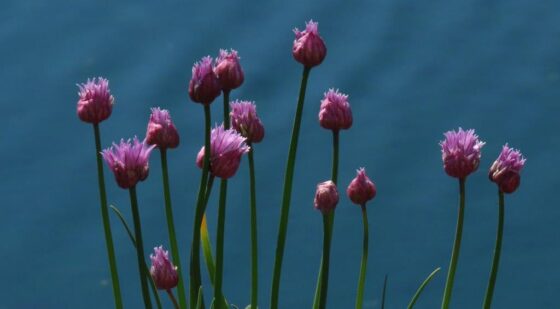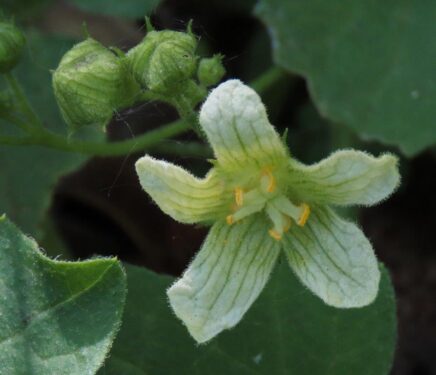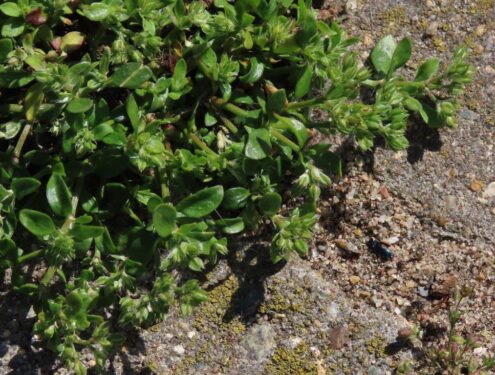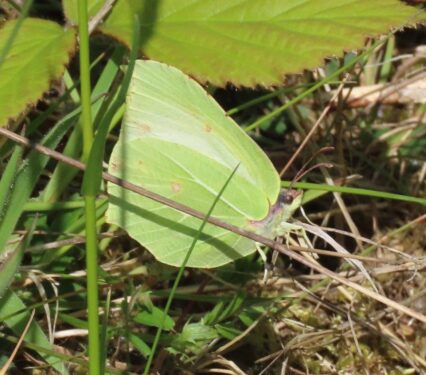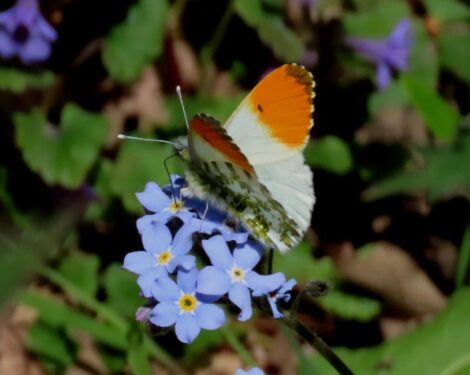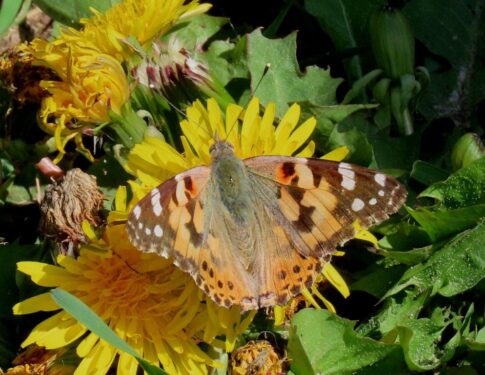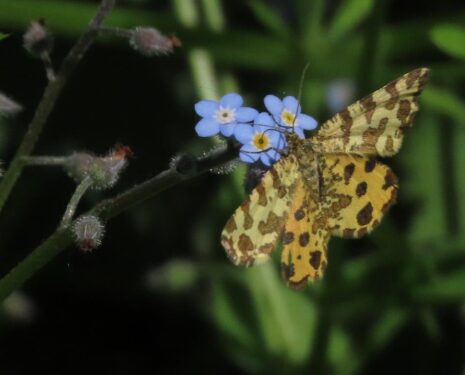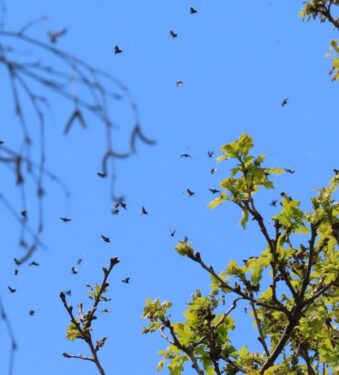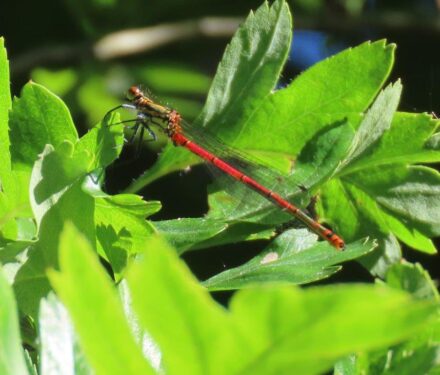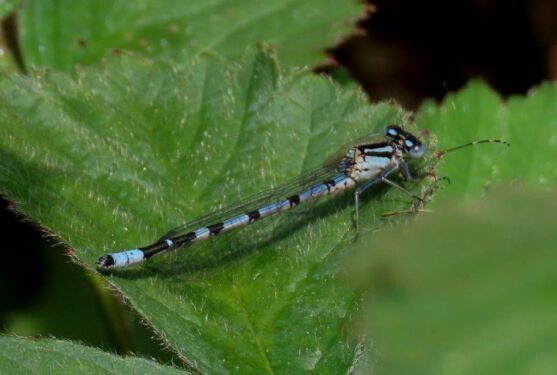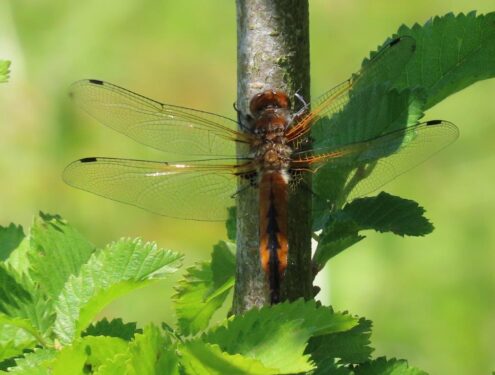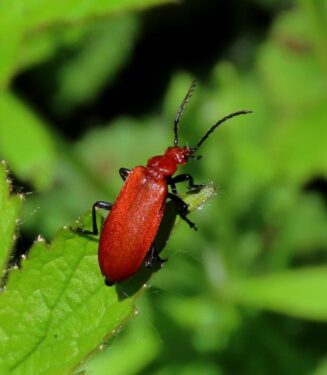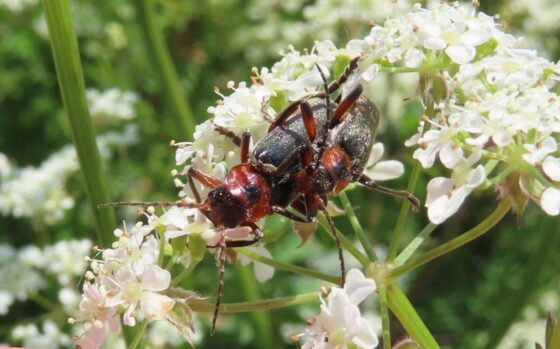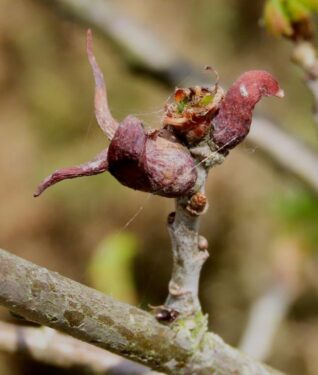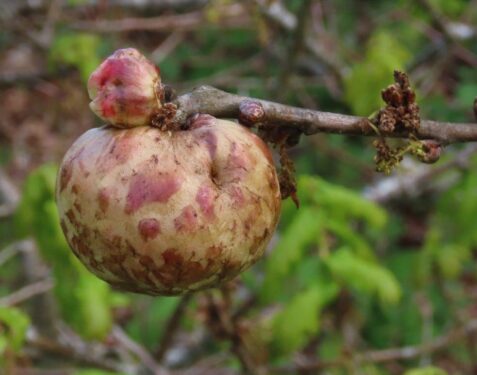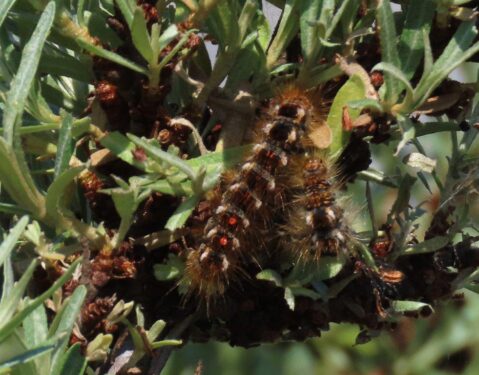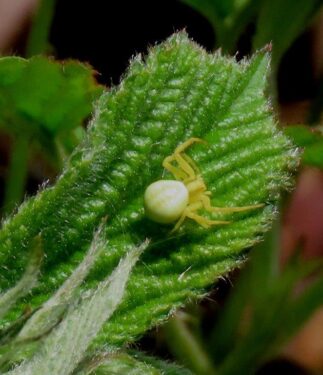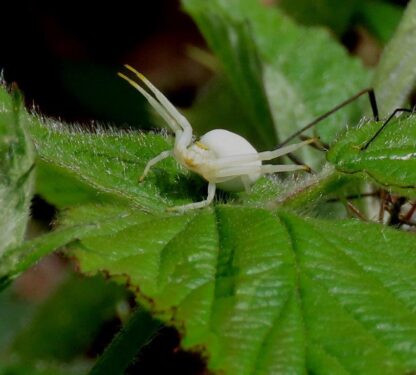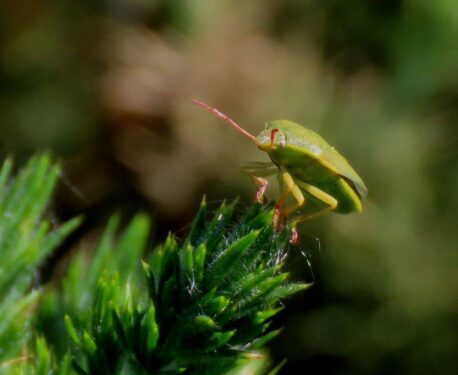Three day tours in May, from mid-month onwards would in any ‘normal’ spring have spanned the orderly transition of the seasons. Not so this year: the effects of the very cold but totally dry April were compounded with one of the wettest and coolest Mays on record. Spring came late and, running fast to catch up with itself, the last few days saw a headlong tumble into summer…
Throughout the month, water birds have been almost only the local breeders – Oystercatchers, Redshanks, Little Egrets and Shelducks, with just a sprinkling of winter lingerers in the form of Turnstones, a few Knots and single Black-tailed Godwit and Avocet.
The next stage in the flowering of salt marshes occurred, Scurvy-grass giving way to the pastel pinks of Thrift…
… and on the sea walls Tamarisk, Salsify, Hoary Cress and Spotted Medick all put on a good show.
The reedbeds were full of singing Reed Buntings, a few Cetti’s Warblers and, at least by the third week, lots of Reed Warblers. As with so many other sub-Saharan migrants, including House Martin and Swift, new arrivals which had been held back by adverse winds just kept on coming, their quorum reached only at the end of May.
In contrast, our Nightingales were on time, but the cool weather meant it wasn’t a classic year for song. By the end of May, it was just about over, although a Song Thrush in Grange Wood was doing a great job in keeping the song alive by including whole phrases in its repertoire, thrice-repeated mimicry, the whole gamut of warbling, seeping, chortling, gurgling Nightingale. And Cockaynes at least proved a reliable site for Cuckoos (up to three, sometimes seen well), Hobbies and a purring Turtle Dove.
The waft-in-the-wind, fleetingly fragrant haze of Bluebells became ever more studded with counterpoints of white (Greater Stitchwort), yellow (Archangel) and red (Campion) and by the last week, the blooming of summer was unleashed, everything from Purple Gromwell to Hoary Cinquefoil, Sainfoin to Star-of-Bethlehem, Chives to White Bryony….
… and not forgetting the rarest (and least obtrusive): Two-leaved Four-leaved Allseed!
Insects too were slow coming to the fore with overwintering butterflies like Brimstones and spring-emergers such as Orange Tips taking centre stage. Quite by contrast, Holly Blues and Green Hairstreaks were totally absent until the last days of the month (they should have been around for weeks), when we also saw the anticipated emergence of Small Heaths and Small Coppers.
A flurry of Painted Ladies raised hopes of another invasion year, though it did seem rather to have petered out by the end of May…although there is still time yet.
Speckled Yellows have done well at Cockaynes Reserve, and other day-fliers included the always delightful fairy sprites that are Green Longhorns.
Dragons and damsels again were late coming out, but as the month progressed first the Large Red Damselflies, then the blue ones, and eventually the demoiselles appeared. As usual Hairy Dragonfly was the first of the larger species on the wing, followed swiftly by Four-spotted and Scarce Chasers.
And finally a selection of the other insects and invertebrates which made up this ‘all kinds of everything’ month, the #WildSideofEssex at its very best!
The Wild side of Essex now moves to Hockley Woods and (hopefully) its Heath Fritillaries for June, but will be back at the Colne and the Naze in July, when the first signs of autumn in the form of returning (failed) Arctic breeding waders should be popping up…..
